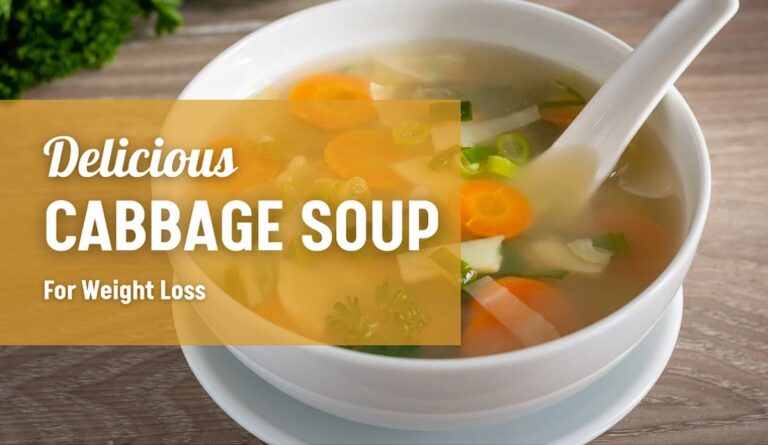Low Calorie Rose Wine
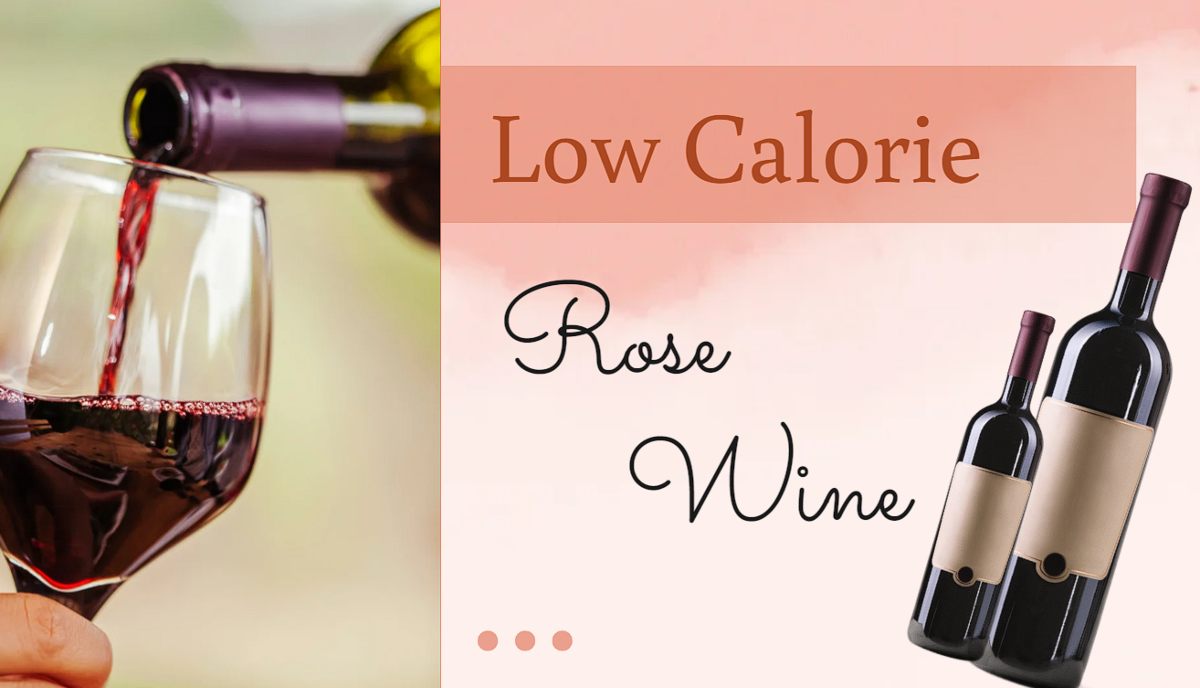
Introduction
Low Calorie Rose Wine: Rose wine has garnered a dedicated following for its appealing blend of flavors and its characteristic pink hue. However, as more people become conscious of their health and caloric intake, the demand for low-calorie versions of their favorite wines has skyrocketed. This trend is especially noticeable with rosé wine, which offers a lighter alternative while maintaining the same enjoyable drinking experience. In this article, we’ll explore what makes rosé wine low calorie, why it’s a great choice, and how you can enjoy it to its fullest.
Table of Contents
What is Rosé Wine?
History of Rosé Wine
Rosé wine’s history is as rich as its flavor. It dates back to ancient Greece and Rome, where winemakers would often produce lighter wines. Initially, rosé was simply a byproduct of red wine production, resulting from a brief contact between the grape skins and the juice. This brief contact period is what imparts the wine’s distinctive pink color, distinguishing it from its red and white counterparts.
Over time, rose wine evolved and gained prominence on its own. Different regions across Europe, particularly in France and Spain, began to specialize in rosé production, each developing unique styles and methods. Today, rosé is celebrated worldwide, enjoyed for its versatility and refreshing taste.
How Rosé Wine is Made
The making of rose wine involves a process known as maceration, where red grapes are lightly crushed and the skins are left in contact with the juice for a short period. This period can range from a few hours to a couple of days, depending on the desired color and flavor profile. After this, the skins are removed, and the juice is fermented like white wine.
Different techniques, such as the saignée method, where some juice is “bled off” early during the red wine fermentation process, and direct pressing, where grapes are pressed to extract juice immediately, are employed to achieve the desired rosé style. These methods influence the final product’s taste, aroma, and color, creating the diverse range of rosé wines available today.
Types of Rosé Wine
Rosé wines can be broadly categorized into several types based on sweetness and carbonation levels. Dry rosés, like those from Provence, are light and crisp with minimal residual sugar, making them perfect for hot summer days. On the other hand, sweet rosés, often found in regions like California, offer a fruitier and more robust flavor profile.
Sparkling rose, another popular variety, combines the refreshing qualities of rosé with the effervescence of sparkling wine, ideal for celebrations and special occasions. Each type of rosé brings a unique experience to the table, catering to a wide range of preferences and occasions.
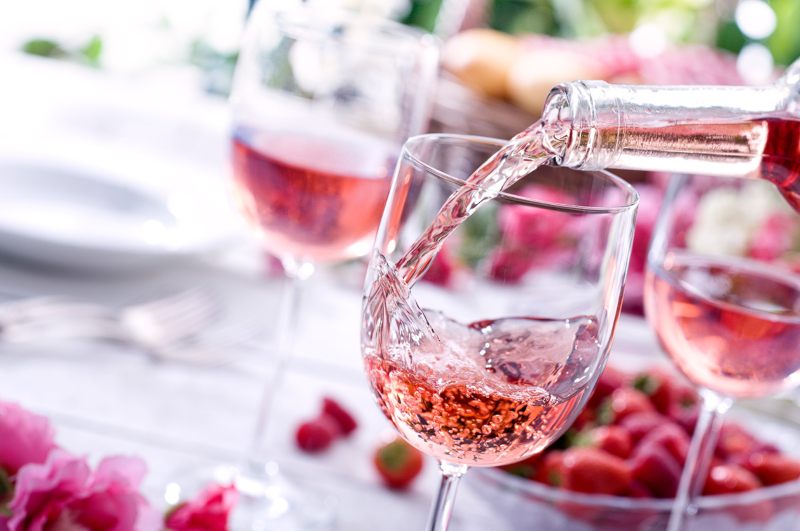
Understanding Calories in Wine
What Contributes to Calories in Wine
The main sources of calories in wine are alcohol and sugar. Alcohol is calorie-dense, containing about seven calories per gram, while sugar contributes four calories per gram. The fermentation process, where yeast converts sugars in the grape juice into alcohol, plays a crucial role in determining the wine’s final calorie count.
Higher alcohol content typically means more calories, as does higher residual sugar. Therefore, wines with lower alcohol levels and less residual sugar are naturally lower in calories. Understanding these components is key to making informed choices about wine consumption, especially for those mindful of their caloric intake.
Average Calorie Count in Different Types of Wine
Different types of wine vary significantly in their calorie content. For instance, a standard glass of red wine (5 ounces) can contain between 120 to 125 calories, while a similar serving of white wine might have slightly fewer calories, around 115 to 120. Sweet wines, due to their higher sugar content, can contain upwards of 150 calories per glass.
Rosé wine generally falls somewhere in between, with a typical glass containing around 120 to 150 calories. However, low calorie rose wines are crafted to contain significantly fewer calories, often around 80 to 100 calories per serving, making them a preferable choice for those watching their caloric intake.
Why Choose Low Calorie Rose Wine?
Health Benefits
Choosing low calorie rose wine can offer numerous health benefits. Firstly, it helps in managing caloric intake without sacrificing the pleasure of enjoying a glass of wine. This can be particularly beneficial for individuals following a calorie controlled diet or those who want to maintain a balanced lifestyle while still enjoying social drinks.
Additionally, consuming wine in moderation has been linked to various health benefits, such as enhanced cardiovascular health and a lower risk of certain diseases. Low calorie rose wine allows you to enjoy these potential benefits while minimizing calorie intake, contributing to a healthier overall diet.
Weight Management
For those focusing on weight management, low calorie rose wine is an excellent option. Regular consumption of high calorie beverages can quickly add up, contributing to unwanted weight gain. By opting for low-calorie alternatives, you can reduce your overall calorie intake while still partaking in enjoyable social activities.
Additionally, low-calorie rosé wine can be a smart choice for those who prefer to indulge in their favorite treats without compromising their dietary goals. It provides a lighter alternative that aligns better with weight management efforts, ensuring you can still enjoy a glass of wine without the extra calories.
Alcohol Consumption Guidelines
It’s essential to adhere to recommended alcohol consumption guidelines for maintaining good health. These guidelines suggest moderate drinking—up to one glass per day for women and two for men. Low calorie rose wine fits well within these guidelines, offering a way to enjoy alcohol responsibly without excessive calorie intake.
By choosing low calorie options, you can stay within these recommended limits while still enjoying a delightful drink. This balance is crucial for maintaining a healthy lifestyle and preventing potential negative health effects associated with excessive alcohol consumption.
How is Low-Calorie Rosé Wine Made?
Winemaking Process
The production of low calorie rose wine involves several specific techniques to reduce its calorie content. Winemakers start by selecting grape varieties with naturally lower sugar levels. During fermentation, they carefully control the process to limit the conversion of sugar into alcohol, resulting in a wine with lower alcohol content.
Another method used is reducing the fermentation time. By shortening this period, less sugar is converted into alcohol, which in turn lowers the calorie count. These techniques require precision and expertise to ensure the final product retains the desired flavor and quality while being lower in calories.
Techniques to Reduce Calories
In addition to careful fermentation control, winemakers may use specific yeast strains that produce less alcohol. These strains help in maintaining a lower alcohol level without compromising the wine’s taste and aroma. Furthermore, some winemakers opt for minimal use of additives and preservatives, focusing on natural ingredients to create a healthier wine.
Another technique involves adjusting the grape harvesting time. Grapes harvested earlier in the season typically have lower sugar content, leading to wines with fewer calories. By combining these methods, winemakers can produce a low calorie rose that is both delicious and mindful of calorie content.
Ingredients Used
The ingredients used in low calorie rose wine are often more natural and fewer in number compared to traditional wines. This includes the careful selection of grape varieties that naturally have lower sugar levels. Winemakers also tend to avoid added sugars and artificial flavors, relying on the natural sweetness and aroma of the grapes.
Additionally, sustainable and organic farming practices are commonly employed, ensuring that the grapes are grown without harmful pesticides or chemicals. These practices not only contribute to a healthier wine but also support environmental sustainability, making low calorie rose a more conscientious choice for consumers.
Tasting Notes of Low Calorie Rose Wine
Flavor Profile
Low calorie rose wines are celebrated for their vibrant and refreshing flavor profiles. Typically, these wines exhibit a delightful blend of fruity notes, including strawberries, raspberries, and citrus fruits. The reduced sugar content often results in a crisper, more refined taste, making them perfect for those who enjoy a lighter, more refreshing wine.
Some low-calorie rosés also offer subtle hints of floral and herbal notes, adding complexity and depth to the wine. These flavor nuances make low calorie rose an excellent choice for various occasions, from casual gatherings to sophisticated dinners.
Aroma
The aroma of low calorie rose wine is often a fragrant bouquet of fresh fruits and flowers. Common aromatic notes include red berries, rose petals, and citrus zest. These aromas are usually more pronounced in low calorie roses due to the emphasis on natural ingredients and minimal additives.
This enticing aroma enhances the overall drinking experience, inviting you to savor each sip. The clean, refreshing scent of low calorie rose makes it an appealing choice for warm weather and outdoor events, adding to its versatility and charm.
Color
Low calorie rose wines typically feature a beautiful spectrum of pink hues, ranging from pale blush to deep salmon. The color can vary depending on the grape varieties used and the winemaking process. These visually appealing wines often captivate the eye before the first sip, setting the stage for an enjoyable tasting experience.
The delicate and elegant color of low calorie rose is a testament to the careful crafting and attention to detail in the winemaking process. It’s a visual delight that complements the wine’s aromatic and flavor profiles, making each glass a treat for the senses.
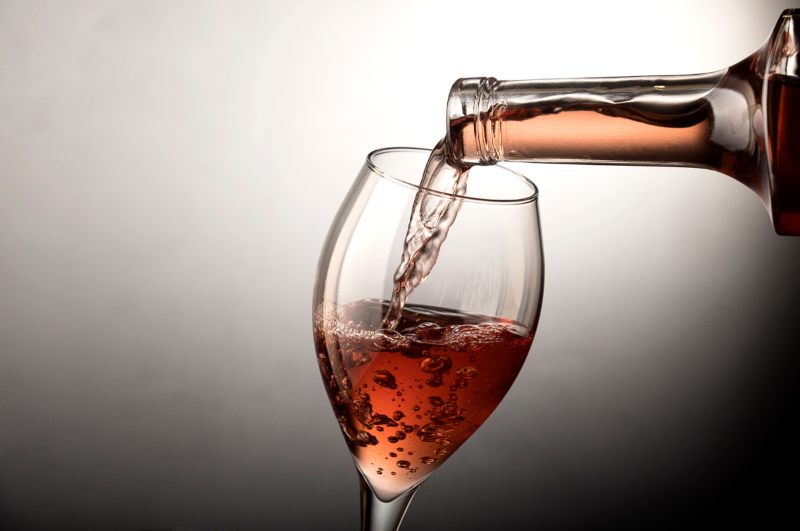
How to Pair Low-Calorie Rosé Wine with Food
Best Food Pairings
Low calorie rose wine is incredibly versatile when it comes to food pairings. Its light and refreshing nature makes it an excellent match for a variety of dishes. Some of the best pairings include light salads, seafood, and grilled vegetables. The wine’s acidity and fruitiness can enhance the flavors of these dishes, creating a harmonious dining experience.
Additionally, low calorie rose pairs wonderfully with spicy cuisine. The wine’s crispness helps balance the heat, providing a refreshing contrast. Whether you’re enjoying a casual meal or a gourmet feast, low calorie rose can elevate your dining experience.
Tips for Pairing
When pairing low calorie rose with food, consider the wine’s flavor profile and the dish’s characteristics. For example, a fruitier rose might complement savory dishes, while a drier rosé could pair well with sweeter foods. Balancing the flavors and textures can enhance the overall experience.
Experimenting with different pairings can also be a fun and rewarding way to discover new culinary combinations. Feel free to experiment with unconventional pairings to discover what best suits your palate. Remember, the goal is to create a balanced and enjoyable meal that highlights both the food and the wine.
The Rise of Low Calorie Rose Wine in the Market
Market Trends
The market for low calorie wines has seen significant growth in recent years. This trend is driven by increasing consumer awareness of health and wellness. More people are looking for ways to enjoy their favorite beverages without compromising their dietary goals, leading to a surge in demand for low calorie options.
Winemakers have responded to this trend by developing innovative techniques to produce lower calorie wines that still deliver on taste and quality. The availability of low calorie wines has expanded, with more brands offering a variety of options to cater to diverse consumer preferences.
Consumer Preferences
Today’s wine consumers are more health-conscious and environmentally aware than ever before. They seek products that align with their values, including lower calorie counts and sustainable production practices. This shift in consumer preferences has influenced the wine industry, prompting producers to adapt and innovate.
Low calorie rose wine fits perfectly into this evolving market. It offers a healthier alternative without sacrificing the enjoyment of a good glass of wine. As consumer preferences continue to evolve, the popularity of low calorie wines is likely to grow, further shaping the future of the wine industry.
Benefits of Low Calorie Rosé Wine
Physical Health Benefits
Drinking low calorie rose wine can offer several physical health benefits. Firstly, it helps in reducing overall calorie intake, which is essential for weight management and maintaining a balanced diet. Lower calorie consumption can also reduce the risk of obesity and related health issues, such as cardiovascular diseases and diabetes.
Furthermore, moderate wine consumption has been linked to potential health benefits, including improved heart health and antioxidant intake. Low calorie rose wine allows you to enjoy these benefits while minimizing calorie intake, contributing to better physical health and wellness.
Mental Health Benefits
In addition to physical health benefits, low-calorie rosé wine can also positively impact mental health. Enjoying a glass of wine in moderation can help reduce stress and promote relaxation. The social aspects of wine drinking, such as sharing a bottle with friends or family, can also enhance social bonds and improve overall well-being.
Moreover, choosing low calorie options can alleviate the guilt associated with higher calorie beverages, allowing you to enjoy your wine without worrying about its impact on your health. This balance between enjoyment and health consciousness can contribute to a more positive and relaxed mindset.
Common Misconceptions About Low-Calorie Wine
Taste Concerns
One common misconception about low calorie wines is that they lack flavor. Many people believe that reducing calories means compromising on taste. However, this is not necessarily true. With advancements in winemaking techniques and a focus on high-quality ingredients, low-calorie rosé wines can be just as flavorful and enjoyable as their regular counterparts.
In fact, some low calorie wines are crafted to highlight natural fruit flavors and aromatic notes, offering a refreshing and satisfying drinking experience. By choosing well-made low calorie rose wines, you can enjoy a delightful wine without sacrificing taste.
Quality Myths
Another misconception is that low calorie wines are of lower quality. This myth likely stems from the belief that reducing calories means cutting corners in production. However, many premium winemakers produce low-calorie options without compromising quality. These wines undergo the same rigorous production standards and quality controls as regular wines.
Winemakers often use innovative techniques and high-quality ingredients to create low calorie wines that meet consumer expectations. As a result, low calorie rose wines can offer excellent quality, ensuring that you enjoy a top-notch wine experience.
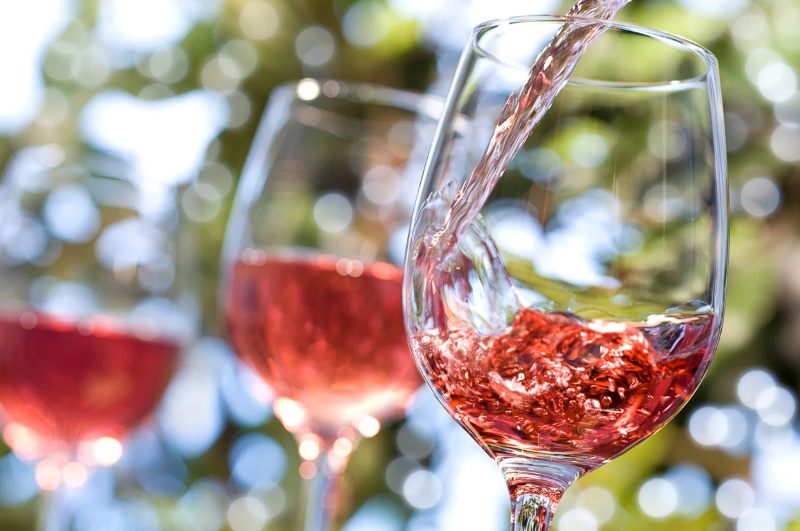
Tips for Choosing the Best Low Calorie Rose Wine
What to Look for on the Label
When selecting a low calorie rose wine, it’s essential to read the label carefully. Look for wines with lower alcohol content and minimal residual sugar, as these factors contribute to a lower calorie count. Labels that indicate organic or sustainably produced wines are also a good choice, as they often align with healthier and environmentally friendly practices.
Additionally, pay attention to the ingredient list and avoid wines with added sugars or artificial flavors. Natural ingredients and minimal additives are indicators of a higher-quality, low calorie wine.
Trusted Sources
Purchasing from reputable brands and trusted retailers is crucial when choosing a low calorie rose wine. Established brands with a track record of producing quality wines are more likely to offer reliable low calorie options. Look for reviews and recommendations from other consumers and wine experts to guide your choice.
Visiting wine shops and speaking with knowledgeable staff can also help you find the best low calorie rose wines. They can provide insights into different brands and styles, ensuring you make an informed decision.
Sustainability in Low Calorie Rose Wine Production
Eco-Friendly Practices
Many low calorie wine producers are adopting eco-friendly practices to meet the growing demand for sustainable products. These practices include organic farming, which avoids the use of synthetic pesticides and fertilizers, and biodynamic farming, which emphasizes natural harmony and environmental sustainability.
Winemakers are also investing in sustainable packaging, such as lightweight bottles and recycled materials, to reduce their carbon footprint. These efforts contribute to a more sustainable wine industry and appeal to environmentally conscious consumers.
Organic Options
Organic low calorie rose wines are becoming increasingly popular as more consumers seek healthier and more sustainable choices. These wines are produced without synthetic chemicals, ensuring a more natural product. Organic farming practices also promote soil health and biodiversity, supporting a healthier ecosystem.
Choosing organic low-calorie rosé wines not only benefits your health but also supports sustainable agriculture. These wines offer a pure and authentic taste, free from artificial additives and chemicals, making them a more wholesome choice.
Conclusion
Low calorie rose wine offers a delightful and guilt-free way to enjoy your favorite drink. With its numerous health benefits, delicious taste, and growing availability, it’s no wonder this type of wine is becoming a staple for many. Whether you’re watching your weight or simply looking for a healthier option, low-calorie rose wine is an excellent choice. Embrace the trend and explore the world of low calorie rose wines—you might just find your new favorite bottle.
FAQs
Q1. What makes rose wine low-calorie?
Low calorie rose wine is made using techniques that reduce its alcohol and sugar content. Winemakers often select grape varieties with naturally lower sugar levels and carefully control the fermentation process to produce wine with fewer calories.
Q2. Can I drink rose wine on a diet?
Yes, low calorie rose wine can be a great addition to a diet. It offers a lower calorie alternative to regular wines, allowing you to enjoy a glass of wine without significantly impacting your caloric intake.
Q3. Are there any side effects of drinking low-calorie rose wine?
As with any alcoholic beverage, moderation is key. While low-calorie rose has fewer calories, it should still be consumed responsibly. Excessive consumption can lead to negative health effects, so it’s important to enjoy it in moderation.
Q4. How should I store my rose wine?
Store rose wine in a cool, dark place, ideally at a temperature of 45-60°F. Once opened, it should be consumed within a few days for the best taste. Proper storage ensures that the wine maintains its quality and flavor.
Q5. What is the best time to drink rose wine?
Rosé wine is versatile and can be enjoyed any time of the year, though it is particularly popular in the warmer months due to its refreshing qualities. Its light and crisp nature makes it an excellent choice for summer gatherings and outdoor events.






